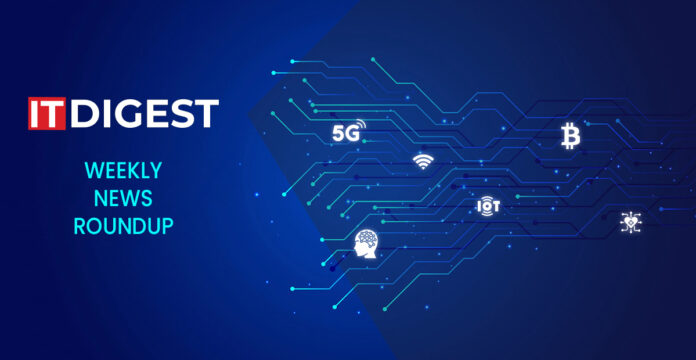Here is IT Digest’s weekly roundup of the top news from global markets. In this fast-paced world, breaking down information helps readers grasp the nuances that follow the news.
In Hardware and Network news this week…
BrainChip to Unveil Akida Neuromorphic Processor Enabled by Microchip’s 32-bit MPU at CES 2024
BrainChip Holdings Ltd, the world’s first commercial producer of ultra-low power, fully digital, event-based, neuromorphic AI IP, will demonstrate how BrainChip’s Akida neuromorphic processor enables low-power, high-performance learning applications on Microchip’s embedded microprocessor (MPU) boards at the Consumer Electronics Show (CES) 2024 in Las Vegas.
SAP and PayPal Collaborate to Simplify Digital Payments Through the PayPal Braintree Platform
The PayPal Braintree platform provides SAP customers with more payment choices. It is the only payment platform that supports PayPal, Venmo*, credit and debit cards and popular digital wallets in a single integration. SAP customers who purchased the SAP digital payments add-on can easily connect to PayPal with the plug-in, now available from the SAP Help Portal site. Customers will benefit from increased efficiency, cost savings, security and transparency, with the plug-in’s smooth integration with SAP software environments certified through the SAP Integration and Certification Center.
DataLink Releases Its List of Technology Trends Shaping Healthcare in 2024
“As we step into 2024, the healthcare industry is gearing up for a transformative journey fueled by AI and ML,” said Saurabh Bhargava, vice president of data science at DataLink. “In the dynamic realm of healthcare technology, the year ahead is set to maintain a continuous and ongoing focus in how we approach patient care, use the enormous amounts of data we generate, and address industry challenges.”
Data scientists employ exploratory data analysis (EDA) as a means to thoroughly examine and comprehend data sets, effectively summarizing their key attributes. This approach commonly utilizes data visualization techniques to gain insights and identify relevant patterns, anomalies, and hypotheses, ultimately facilitating the manipulation of data sources in order to obtain desired answers. EDA plays a crucial role in assisting data scientists in making informed decisions, testing hypotheses, and validating assumptions.
EDA serves the purpose of uncovering insights from data beyond standard statistical modeling and hypothesis testing. Its main objective is to enhance the comprehension of variables within a dataset and the associations among them. Additionally, it aids in evaluating the suitability of statistical techniques for data analysis. Originally conceptualized by esteemed mathematician John Tukey during the 1970s, EDA techniques remain relevant and widely practiced in present-day data exploration.
































